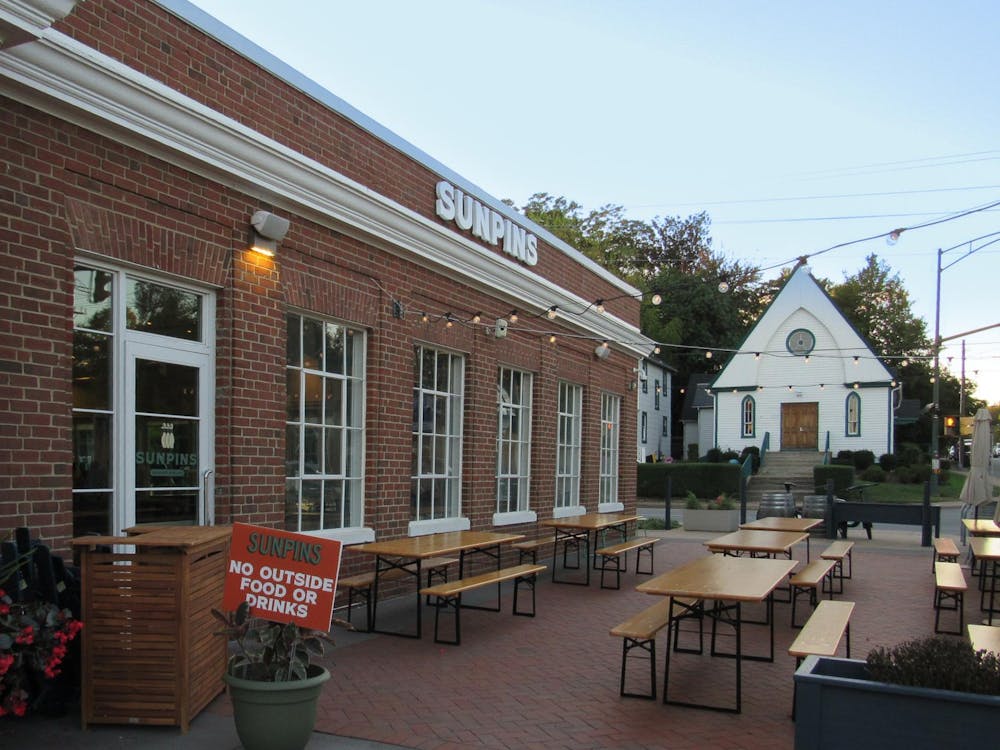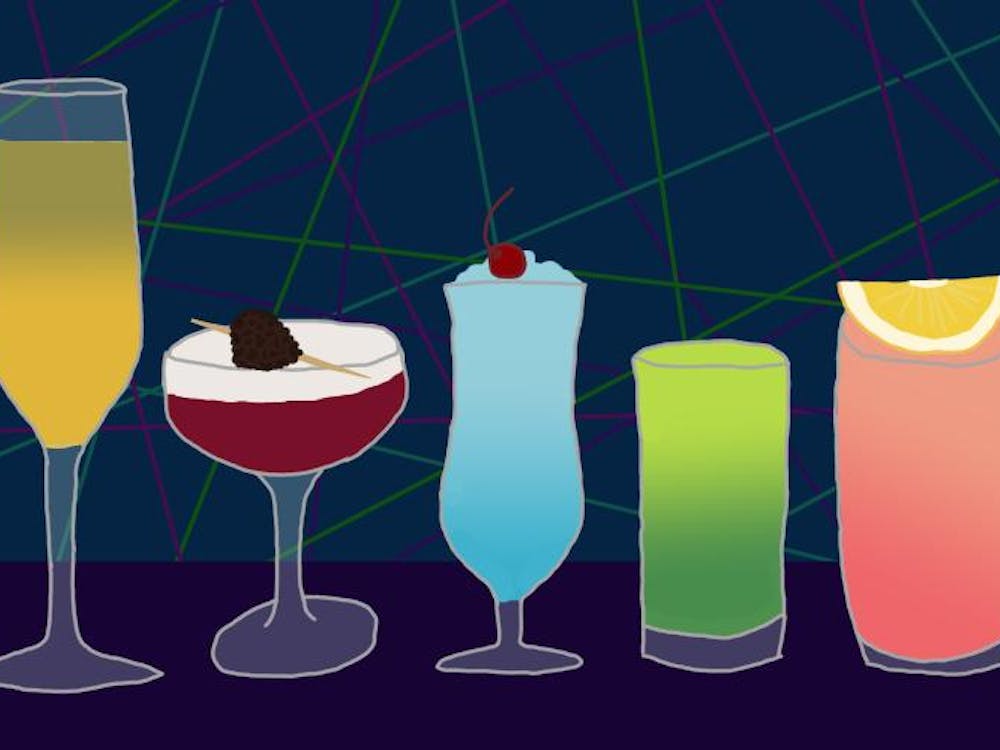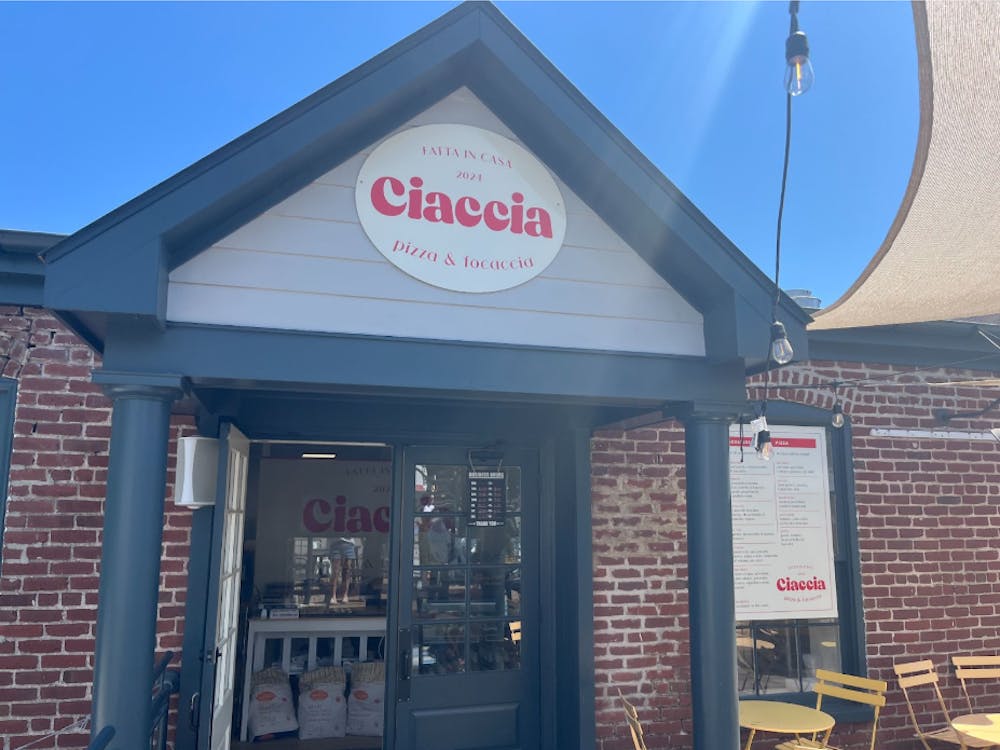Next time you're on the Lawn, glance down at the metal grates which intersperse the brick walkway at the base of the pavilion walls. Those grates used to be air vents to the cellars below the pavilions. Now, those cellars are clean, carpeted and climate-controlled. When the University was first built, they were little more than dirt holes on the ground.
They were also more than likely slave quarters.
Recent controversy about comic strip printed last week in The Cavalier Daily has again turned the minds of many University students to the topic of race relations on Grounds. The managing board noted in its lead editorial Monday that the University itself once owned slaves. Those unfamiliar with the history of the Academical Village might have found that factoid puzzling. Yet the history of slavery at the University is an important facet of our identity as an institution, as well as a microcosm for exploring the troubled history of race relations in the nation as a whole and in the South in particular.
Much of the construction work done between 1817, when the University cornerstone was laid at Pavilion VII and 1826, when the Academical Village was completed, was the product of slave labor. As many as 200 workmen were present on Grounds at various times during this period, and several of those workmen were slaves hired from local contractors. Alexander Bruce, in his "The History of Mr. Jefferson's University," notes that as of 1821 at least 32 hired slaves were working to finish construction on the Lawn. That year, $1,133.73 was paid to slave masters for slaves' hire and provisions.
In and of itself, this was relatively standard fare in the antebellum South. In 1832, however, the University took the rather extraordinary step of purchasing a slave outright. We know from Board of Visitors receipts that the University, as an institution, purchased a slave named Lewis Commodore for approximately $540. The University is the only public institution in the country to have purchased a slave.
The 40 students who first entered the University in March of 1825 were, without exception, wealthy, white and male. Jefferson, however, forbade students -- many of whom, being sons of plantation owners, owned slaves themselves -- from keeping their slaves on Grounds. It seems Jefferson and the original Board felt that slaves would be a distraction for students. Nonetheless, University students circumvented the Board's decision by keeping their slaves in local Charlottesville boarding houses and meeting them at the edge of Grounds to give them orders. This was in addition to "hired" slaves employed by the University, who, by 1835, numbered approximately one for every 20 students, according to Bruce.
How do we know slaves likely lived in the cellars below the pavilions? Jefferson himself made a reference in 1819 to "underworkers" living in spaces below the pavilions, clearly indicating that underground servant quarters were at least considered. While the documentary evidence is not explicit, it seems likely that, during the first few years the University was open, the spaces underneath the pavilions were used as temporary slave quarters until extra buildings could be constructed for that purpose.
Because slaves were living in dank conditions not originally intended for inhabitation, many seem to have become chronically ill, as indicated by letters from both John Emmett (resident of Pavilion I, 1828) and George Spotswood (proprietor of Hotel A, 1824).
The strongest evidence that the cellars ultimately became permanent living quarters is the Board of Visitors' minutes from July, 1840. At that time, it was "resolved, that the proctor be authorized to cause the cellar under the dormitory be occupied as a study by Professor Bonnycastle to be fitted up for accommodation of his Domestics."
One of the most thought-provoking aspects of slavery on Grounds is the extent to which it gradually infected University culture. "The University of Virginia: A Pictorial History" tells us that of the ten original University professors, eight were not American citizens. Many of these European academics complained bitterly about the presence of slavery upon arriving on Grounds. Yet when Jefferson died in July of 1826 and many of his slaves were auctioned off at Monticello, several were purchased by University professors, including Charles Bonnycastle and George Blaetterman.
Why study the history of slavery on Grounds? For one, it's part of our identity as a University and should be acknowledged a component of our history. At the same time, the legacy of slavery at the University is wrapped up in the larger tragedies and successes of American race relations. The University went from being a school literally built by slave labor to a school with the highest graduation and retention rates of African-American students of any public university in the country. That's a fact that should be celebrated and remembered in historical context.
As University students continue to address intolerance on Grounds and look towards a brighter future for all students, it is helpful to remember our own past. Even as we look forward, a glance backward reminds us where we've been -- and how far we have to go.
Daniel Young is a former University Guide Service historian. His column runs biweekly on Wednesdays, and he may be reached at danyoung@cavalierdaily.com.






